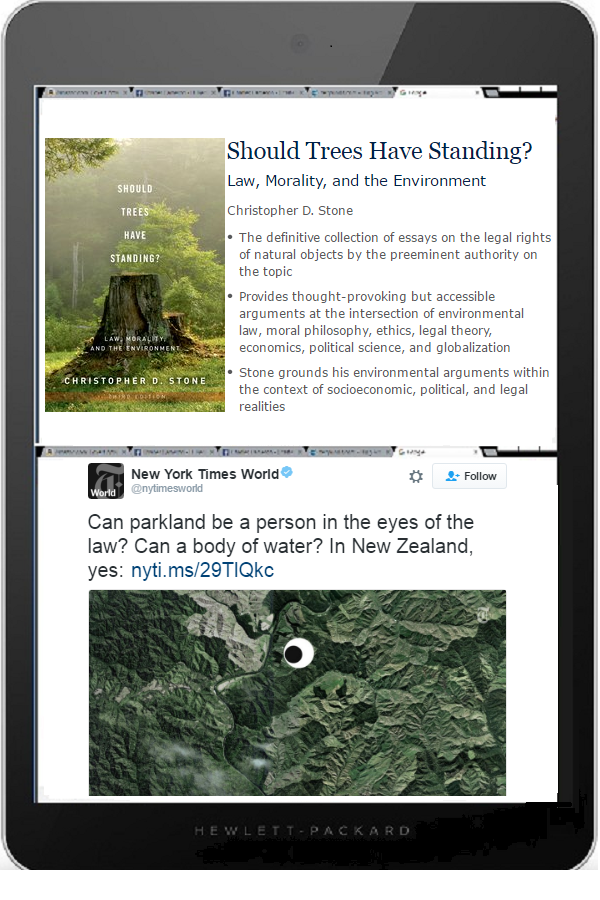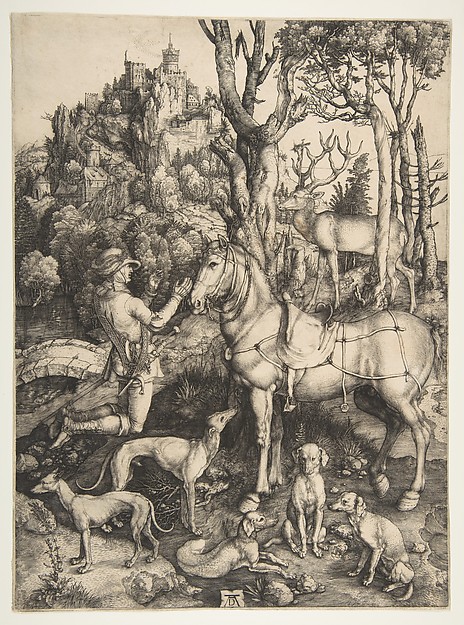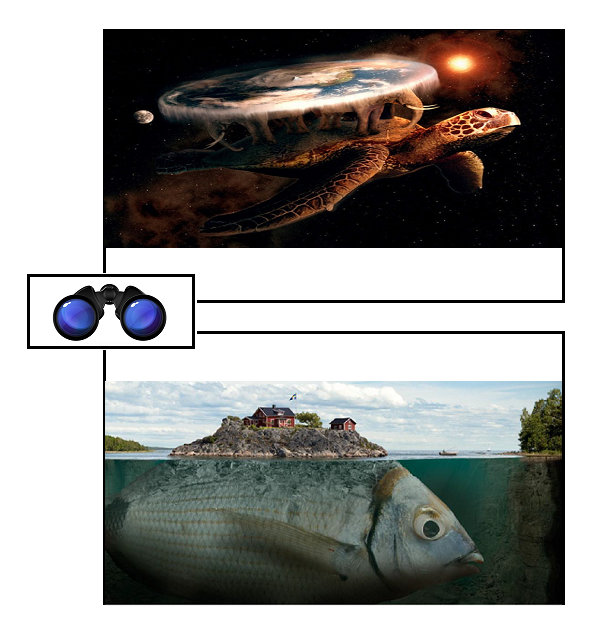[ by Charles Cameron — and what about straw men & sovereign citizens? ]
.

**
I have long appreciated Mr Justice Douglas‘ dissent in Sierra Club v. Morton, 405 U.S. 727 (1972), and Christopher Stone‘s comment on the same, Should Trees Have Standing? — presented along with other essays in Stone’s book of the same name [upper panel, above].
That takes care of the trees in my title. Parks and rivers are covered by the New York Times piece today, In New Zealand, Lands and Rivers Can Be People (Legally Speaking).
Whales and apes get added to our list, as you can see, in Brighter Green‘s Nature’s Rights: Rivers, Trees, Whales, and Apes — which mentions that under Ecuador’s constitution enshrining the legal rights of nature as a whole::
Ecuador stepped to the forefront of the nature’s rights movement when it became the first country to include the rights of Mother Earth (Pachamama) in its constitution, which was ratified in 2008. The document states, “Nature or Pachamama, where life is reproduced and exists, has the right to exist, persist, maintain, and regenerate its vital cycles, structure, functions, and its processes in evolution.” Nature is a “rights-bearing entity that should be treated with parity under the law.” Citizens are given the power to sue on behalf of nature, now a legal entity
**
And corporations?
The irony here, of course, is that those who would like to see Nature get a word in edgewise in the courts as a legal Person, tend to be unhappy with corporations having the same rights as chimpanzees. Eric Posner in Slate, Stop Fussing Over Personhood, catches the irony nicely:
From a legal standpoint, there is nothing remarkable about a chimpanzee claiming to be a person. Indeed, there are a number of cases that have been brought by animals—including a palila, a marbled murrelet, and a spotted owl. All of these animals sought to enforce their rights under the Endangered Species Act, under a provision that gives “persons” the right to bring suit.
In none of these cases was a judge fooled into thinking that an animal possesses all the rights of human beings. The lawyers bringing them were simply ensuring that a judicial remedy was available to address the harm that Congress sought to fix. If the spotted owl had also asked for the right to vote, the request would have been denied. A judge wouldn’t give a hoot that an earlier court had deemed the owl a “person” under the Endangered Species Act. A person for one legal purpose is not necessarily a person for another.
The law also treats various nonhuman, nonsentient entities as “persons” for certain legal purposes. Corporations, estates, trusts, partnerships, and government entities are often defined this way. Walmart, Illinois, and the California Pension Fund can sue, for example, without anyone asking if they have a right to abortion.
The classic case here is the famous and infamous Citizens United v. Federal Election Commission, No. 08-205, 558 U.S. 310 (2010).
**
I’d be remiss if I didn’t mention here also the curious notions of personhood invoked by members of the Sovereign Citizens movement. From JM Berger‘s recent report, Without Prejudice: What Sovereign Citizens Believe:
Fictitious Person
Because the UCC provides an interstate standard for things such as driver’s licenses, property ownership, and bank accounts, many sovereigns believe that these documents (and associated laws and financial obligations) do not apply to them, but instead to a fictitious person created by the illegitimate law, sometimes referred to as a “straw man.” Some believe a fictitious person is denoted in legal documents by listing his or her name in all capital letters. The fictitious person is a legal entity akin to a company with the same name as the citizen, sovereigns believe.
Some sovereigns create their own driver’s licenses and license plates because they believe the state-issued documents are inauthentic, as they refer to the fictitious person, and that using or signing these documents exposes them to vulnerabilities under the illegitimate and tyrannical commercial laws, including debt collection, arrest, and prosecution.
The correct use of certain phrases or legal citations can reduce or eliminate these vulnerabilities, however. For instance, some believe that documents used by the illegitimate system, such as contracts or court documents, can be signed safely if the citizen appends the phrase “Without Prejudice UCC 1-308” to the signature, which they believe preserves the sovereign citizen’s common law rights and privileges.
**
Let’s return to sanity.
The final word in Sierra Club vs Morton is given to Mr Justice Douglas: in a footnote, he cites John Donne, poet — and thus according to Shelley, one of the “unacknowledged legislators of the world”:
“No man is an Iland, intire of itselfe; every man is a peece of the Continent, a part of the maine; if a Clod bee washed away by the Sea, Europe is the lesse, as well as if a Promontorie were, as well as if a Mannor of thy friends or of thine owne were; any man’s death diminishes me, because I am involved in Mankinde; And therefore never send to know for whom the bell tolls; it tolls for thee.”
Devotions XVII.
And by way of comparison, here’s a Maori expression of the same sense of extended personhood, in context from the NYT article I cited above:
A former national park has been granted personhood, and a river system is expected to receive the same soon.
The unusual designations, something like the legal status that corporations possess, came out of agreements between New Zealand’s government and Maori groups. The two sides have argued for years over guardianship of the country’s natural features.
Chris Finlayson, New Zealand’s attorney general, said the issue was resolved by taking the Maori mind-set into account. “In their worldview, ‘I am the river and the river is me,’” he said. “Their geographic region is part and parcel of who they are.”









